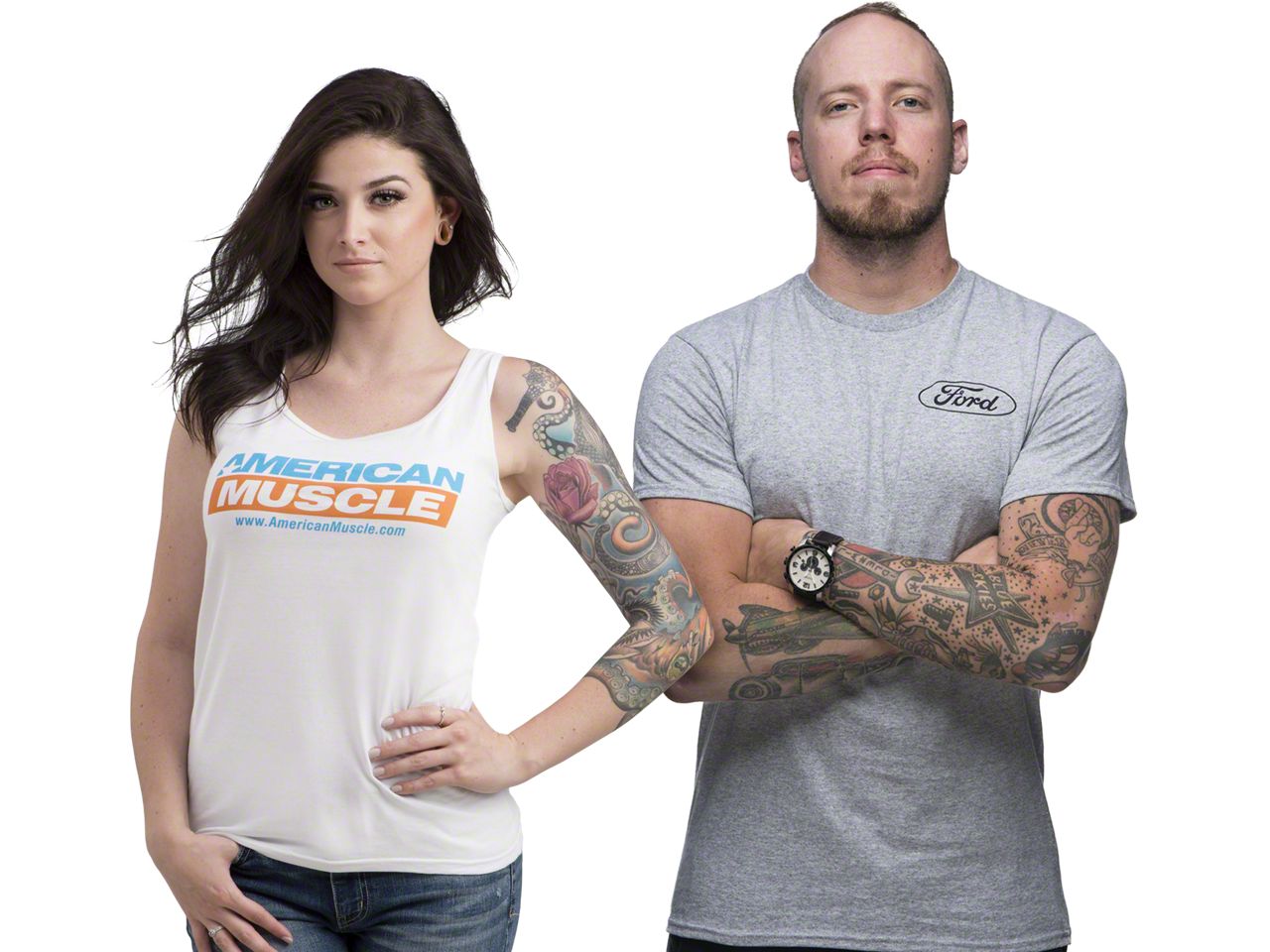Sales Techs Available: 1-877-305-8966
Talk to a Firebird Sales Tech
1-877-305-8966
M-F 8:30A-11P, Sat-Sun 8:30A-9P
Firebird Accessories, Parts & Mods
Showing 1-30 of 1516 Parts & Accessories in













